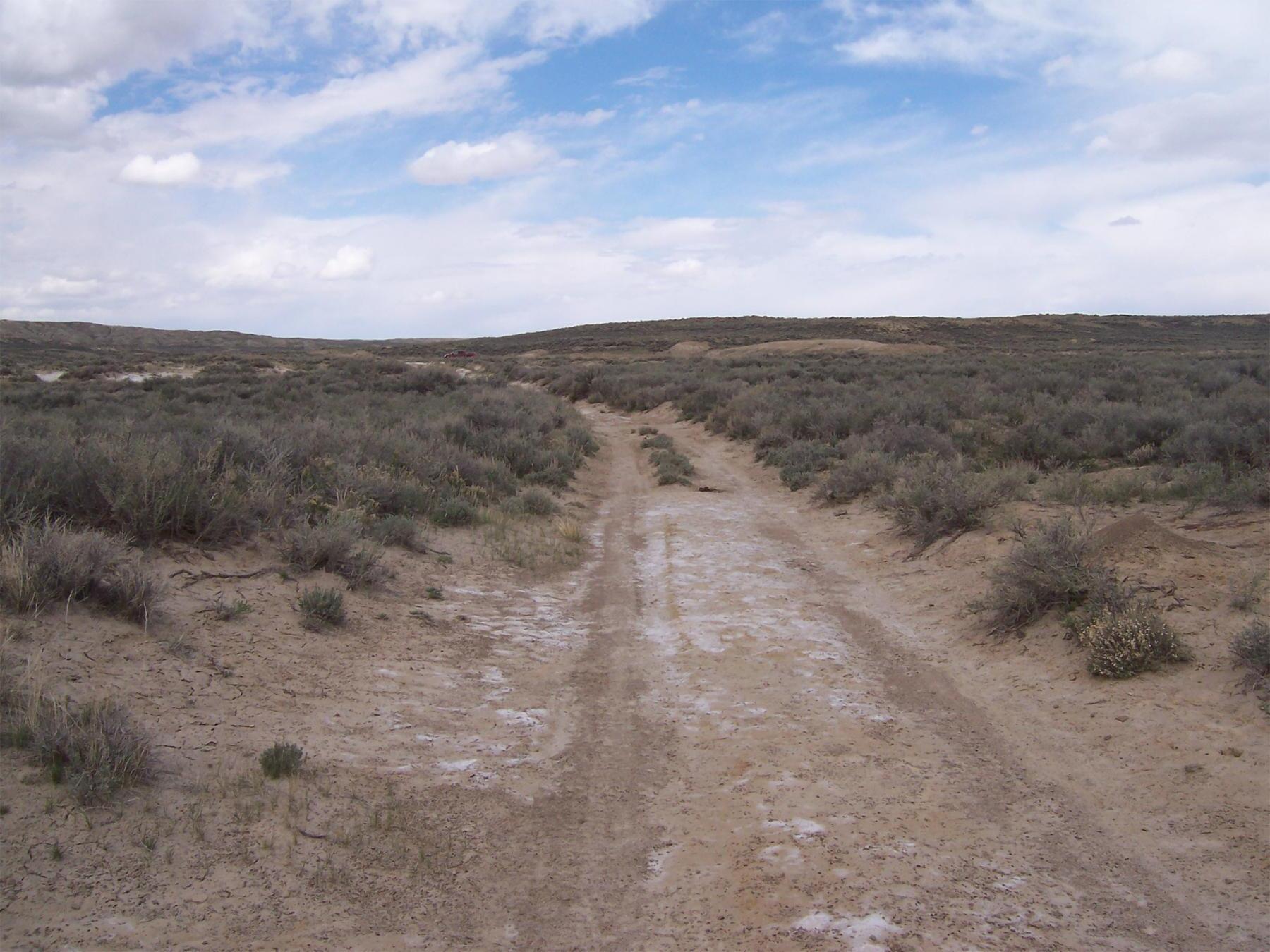Lost Trading Posts Of The Cherokee Path

Imagine walking along a path that once bustled with traders, travelers, and Native American tribes. The Cherokee Path was a vital trade route in the 18th century, connecting the Cherokee Nation with European settlers. This path stretched from the Appalachian Mountains to the bustling ports of Charleston, South Carolina. Along this route, trading posts sprang up, serving as hubs for exchanging goods, stories, and cultures. These posts were more than just places to trade; they were melting pots of diverse communities. Today, remnants of these trading posts offer a glimpse into a time when cultures met and mingled. Exploring these sites can transport you back to a world where every step along the path told a story. Whether you're a history buff or just curious, the lost trading posts of the Cherokee Path hold secrets waiting to be uncovered.
The Cherokee Path: A Historical Overview
The Cherokee Path was a significant trade route used by Native Americans and European settlers. It connected the Appalachian Mountains to the coastal plains, facilitating trade and cultural exchange. Along this path, several trading posts emerged, serving as vital hubs for commerce and interaction. Let's explore some of these lost trading posts that once thrived along the Cherokee Path.
Trading Posts Along the Cherokee Path
These trading posts were more than just places to exchange goods. They were centers of community life, where people gathered, shared stories, and built relationships. Here are some of the notable trading posts that once dotted the Cherokee Path.
- Keowee
Keowee was a bustling trading post located near present-day Clemson, South Carolina. It served as a central meeting point for the Cherokee and European traders. Goods like deerskins, furs, and European manufactured items were commonly exchanged here. The post played a crucial role in fostering relationships between the Cherokee and settlers.
- Ninety Six
Ninety Six, situated in what is now Greenwood County, South Carolina, was a strategic trading post and fort. It was named for its distance from the Cherokee town of Keowee. This post was vital during the colonial period, serving as a supply station and a place for negotiations between the Cherokee and colonists.
- Fort Prince George
Located near the Keowee River, Fort Prince George was both a fort and a trading post. It was established to protect settlers and facilitate trade with the Cherokee. The fort became a focal point for diplomatic relations and trade, playing a significant role in the region's history.
- Estatoe
Estatoe was another important trading post along the Cherokee Path. Situated near present-day Brevard, North Carolina, it was a hub for exchanging goods like animal pelts and European wares. The post was a testament to the vibrant trade network that existed between the Cherokee and European settlers.
- Tugaloo
Tugaloo, located near the Tugaloo River, was a significant Cherokee town and trading post. It was a bustling center for trade and interaction, where Cherokee and European traders exchanged goods and ideas. The post was an essential part of the Cherokee Path's trading network.
- Cowee
Cowee, nestled in the mountains of North Carolina, was a prominent Cherokee town and trading post. It served as a crucial link between the Cherokee and European traders, facilitating the exchange of goods and fostering cultural interactions. Cowee was known for its strategic location and vibrant trade activities.
- Chota
Chota, located in present-day Tennessee, was a major Cherokee town and trading post. It was considered the capital of the Overhill Cherokee and played a vital role in trade and diplomacy. The post was a key player in the Cherokee Path's trading network, connecting various communities along the route.
These trading posts, though lost to time, were once vibrant centers of commerce and cultural exchange. They played a crucial role in shaping the history and relationships between the Cherokee and European settlers along the Cherokee Path.
Reflecting on the Cherokee Path's Legacy
The Cherokee Path holds a significant place in history. This ancient route connected Native American tribes with European settlers, facilitating trade and cultural exchange. Along this path, trading posts emerged as bustling centers of commerce. These posts were more than just places to trade goods; they were hubs of interaction where diverse cultures met and mingled. The path's legacy is evident in the stories and artifacts left behind, offering a glimpse into a time when the world was rapidly changing. Today, exploring these lost trading posts provides a unique opportunity to connect with the past. It reminds us of the resilience and adaptability of those who traveled this path. As we reflect on the Cherokee Path, we gain a deeper appreciation for the rich tapestry of history that has shaped the landscapes and communities we know today.

